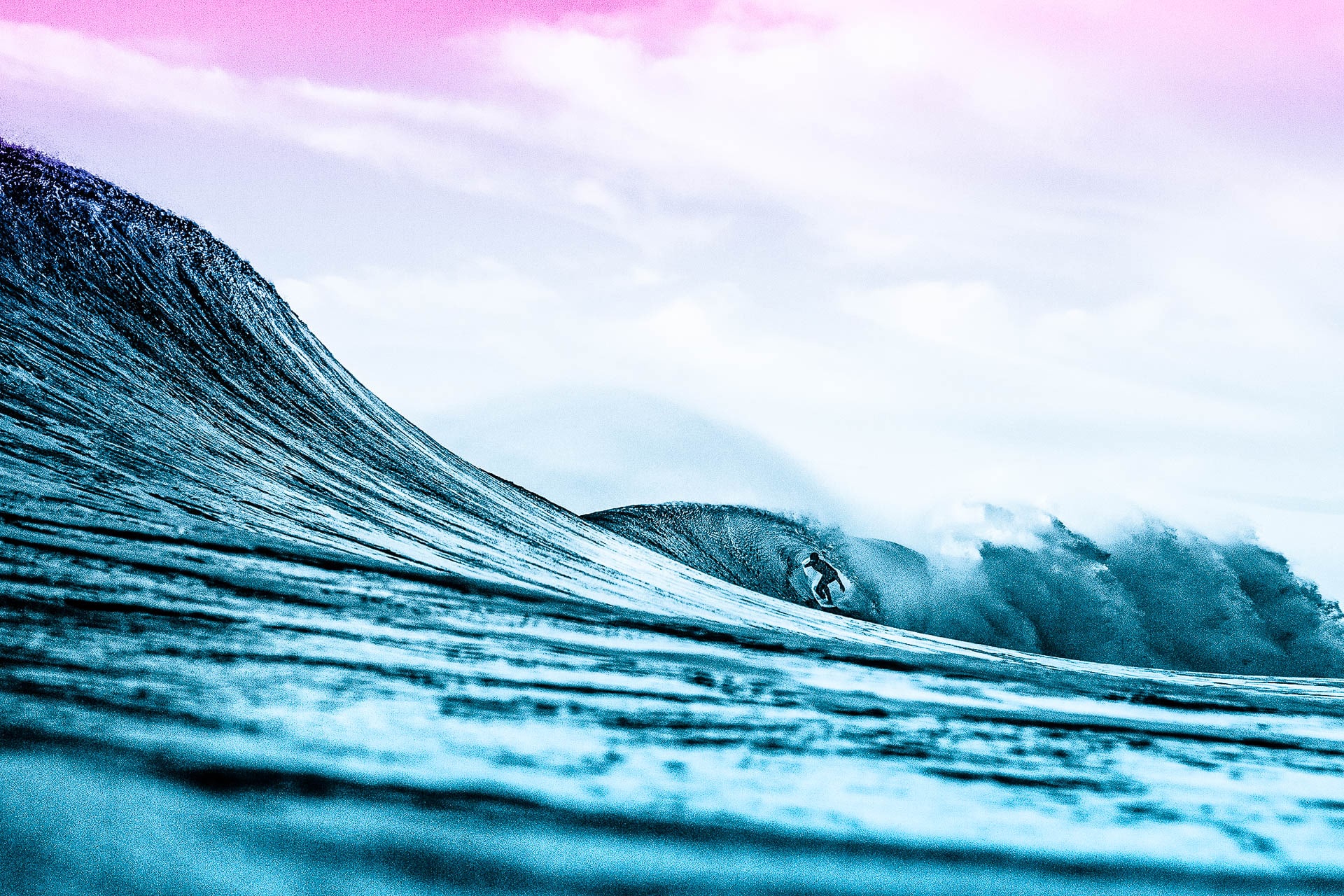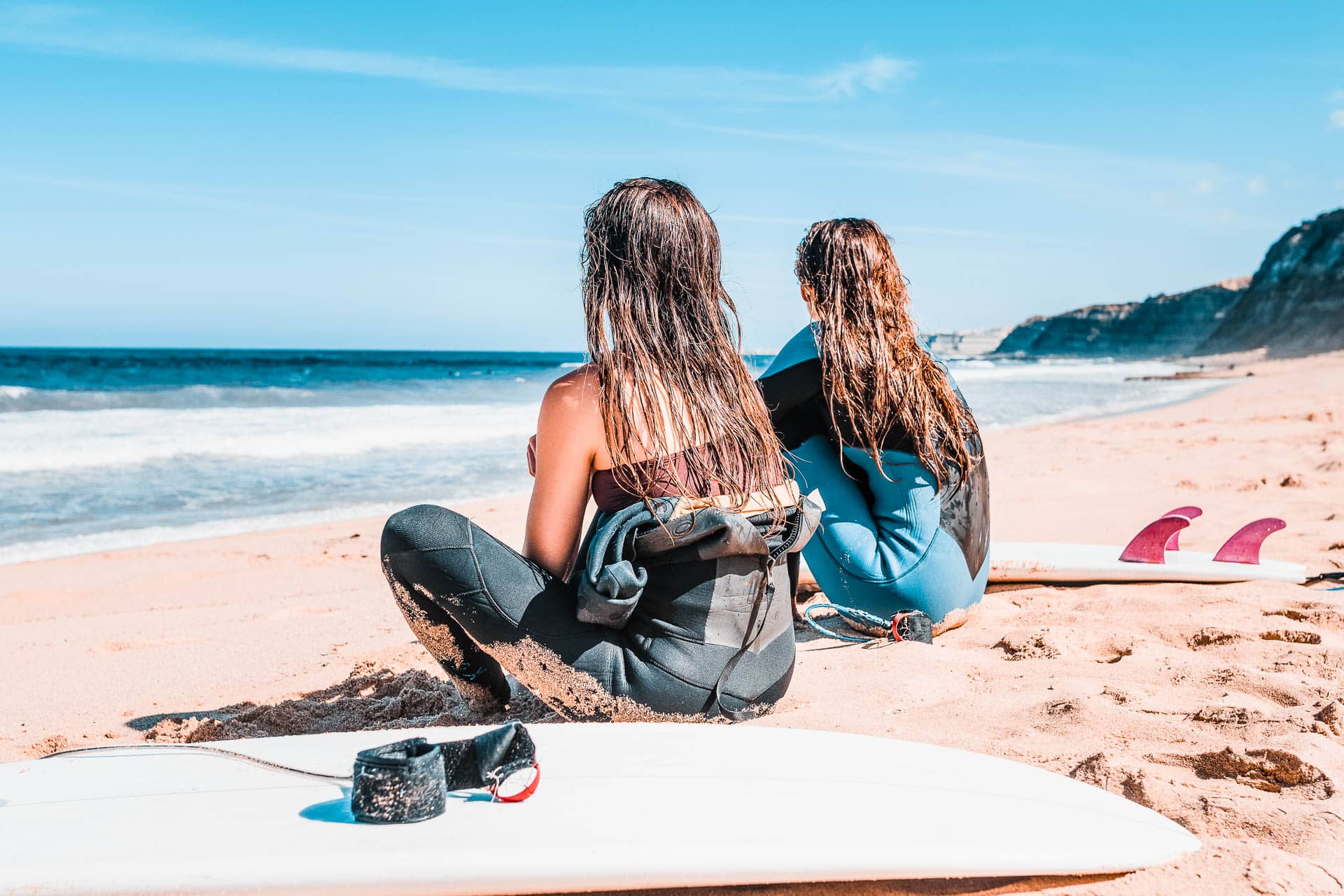Sawu (also known as Sabu, Savu, Hawu or Havu) is a small island located in the eastern part of Indonesia. It is known for its stunning natural landscapes, including white sandy beaches, crystal clear waters, and lush green hills. The island is relatively remote, but it is accessible by both ferry and speedboat services from neighbouring islands such as Timor and Rote. Additionally, there are options for charter flights to Sabu for those who prefer a faster and more direct mode of transportation.
Sabu is also home to several harbors, including the main harbor in the town of Seba and several smaller harbors scattered along the coastline. These harbors are essential for transportation to and from the island, accommodating both passenger ferries and cargo ships. The ferry and speedboat services operate on a regular schedule, making it convenient for travelers to visit Sabu. Overall, the island’s geographical features, combined with its transportation options, make it an attractive destination for those seeking a remote and idyllic getaway.
Getting to Sawu Islands
The Sawu Islands are a remote and rugged archipelago located in the Flores Sea, part of the East Nusa Tenggara province of Indonesia. Getting to this unspoiled paradise can be an adventure in itself, with limited transportation options and some challenging terrain. Whether you arrive by boat or plane, exploring the remote and largely untouched beauty of the Sawu Islands is well worth the effort.
By Air: The most convenient way to get to Sawu Islands is by taking a flight from Bali or Kupang to Sawu Airport, which is located on the main island of Sawu. Several airlines operate flights to Sawu, making it easily accessible for travelers.
By Sea: Another way to reach Sawu Islands is by taking a ferry from Kupang or from other neighboring islands in the Nusa Tenggara region. This option may take longer than flying, but it offers a unique and scenic journey across the Flores Sea.
Chartering a Boat: For the more adventurous traveler, it is possible to charter a boat from nearby islands to reach Sawu. This option allows for a more personalized and flexible travel experience, as well as the opportunity to take in the stunning coastal views along the way. Whether you prefer to fly, sail, or charter a boat, there are various options to choose from when planning your trip to the breathtaking Sawu Islands.
Whether you arrive by boat or plane, exploring the remote and largely untouched beauty of the Sawu Islands is well worth the effort.
What should you expect when planning a trip to Sawu Islands?
Sabu Island, also known as Savu, is a hidden gem located in the Nusa Tenggara Timur province of Indonesia. This small island is home to stunning and secluded beaches that are perfect for those seeking a peaceful getaway. The clear turquoise waters and powdery white sand make it a paradise for beach lovers.
One of the unique features of Sabu Island is its traditional villages, where visitors can experience the local way of life and learn about the island’s rich culture and history. The island is also known for its vibrant traditional weaving industry, with intricate patterns and designs that reflect the island’s heritage.
Local attractions include the Ile Maniok Beach, which is known for its picturesque scenery and calm waters, making it ideal for swimming and snorkeling. Visitors can also explore the traditional markets and try local dishes at the island’s restaurants.
Positioned in the Savu Sea, Sabu Island offers a tranquil and unspoiled environment that is perfect for those looking to escape the hustle and bustle of modern life. With its beautiful beaches, unique cultural experiences, and laid-back atmosphere, Sabu Island is a true hidden gem waiting to be discovered.
When you are visiting Sawu Island, you can also explore places nearby it like:
East Timor
East Timor offers a rich cultural immersion experience with its diverse indigenous languages, Catholic and animistic beliefs, and historical sites. Visitors can explore the Nino Konis Santana National Park, a UNESCO World Heritage Site, which is home to stunning landscapes, diverse wildlife, and historical sites like ancient rock art and archaeological remains.
The country boasts a unique array of animals, including the Timor deer, crocodiles, and various bird species, making it a haven for wildlife enthusiasts. For transportation options, visitors can fly into the capital city of Dili, or take a ferry from nearby Indonesia or Australia.
Historical sites such as the Resistance Museum and the Santa Cruz Cemetery offer insight into the country’s tumultuous past, while the local markets and traditional villages provide opportunities to immerse oneself in the culture and interact with the friendly locals.
Overall, East Timor offers a wealth of cultural immersion experiences and historical sites, making it a compelling destination for those seeking a unique and enriching travel experience.
West Timor
One top road trip route in West Timor is the journey from Kupang to Oesapa Beach. This scenic route will take you through traditional villages and lush landscapes, with the opportunity to visit stunning beaches such as Tablolong Beach and Lasiana Beach. The highlight of this trip is the chance to explore the remote island of Semau, which can be reached by a short ferry ride. The island offers tranquil beaches and opportunities for snorkeling and diving.
Another must-see road trip is the route from Soe to Kolbano Beach. This route offers a glimpse into the local culture and takes you to the beautiful Kolbano Beach, known for its clear waters and white sand. From Kolbano, you can also take a boat to the secluded island of Dana to experience its pristine beaches and lush forests.
While these road trips offer breathtaking views and unique experiences, it is important to be prepared for the challenges they present. Roads in West Timor can be rough and unpaved, so a sturdy vehicle is essential. Additionally, it’s important to bring plenty of water, snacks, and a first-aid kit, as amenities can be scarce in remote areas. Lastly, be mindful of local customs and traditions when visiting traditional villages. With proper planning and an adventurous spirit, a road trip in West Timor can be a truly unforgettable experience.
East Nusa Tenggara’s Natural Beauty
East Nusa Tenggara, a province in Indonesia, is home to an array of stunning natural landscapes and diverse ecosystems. From lush mountains to pristine beaches and vibrant coral reefs, this region boasts unparalleled natural beauty that continues to captivate visitors from around the world. Whether you’re an avid outdoor enthusiast, a beach lover, or a nature photographer, East Nusa Tenggara offers an unforgettable experience with its breathtaking scenery and abundant wildlife. Explore the province’s unique natural attractions and immerse yourself in the unspoiled beauty of East Nusa Tenggara.
Are you looking for an adventure-filled time in Indonesia? Head to Bali and surf its world-class waves along with the many other surfers from different parts of the world. If you are looking at beginner surf camps in Bali, head to one of the Rapture Surfcamps locations either in Padang Padang or Green Bowl.
Learn to surf with the best instructors and be a part of the bustling wave-loving community.
FAQs
The Sawu Islands are located in the eastern part of Indonesia, situated in the Savu Sea between Timor and Sumba islands.
The most common way to reach the Sawu Islands is by taking a flight to Waingapu on Sumba Island and then continuing with a domestic flight to Sawu.
The Sawu Islands consist of several islands, with the main ones being Sawu, Raijua, and others. Each island has its own unique charm and attractions.
The dry season, from May to October, is generally the best time to visit the Sawu Islands when the weather is pleasant, and outdoor activities can be enjoyed. However, it’s always a good idea to check for the most up-to-date weather information.
The Sawu Islands are known for their pristine beaches, vibrant coral reefs, traditional villages, and cultural richness. Visitors can also explore historical sites, such as traditional thatched-roof houses and ancient megalithic stones.
Yes, the Sawu Islands offer excellent opportunities for snorkeling, diving, and fishing. The crystal-clear waters are home to diverse marine life, making it a paradise for water enthusiasts.
Absolutely. The Sawu Islands have a unique cultural heritage, and visitors can experience traditional dances, ceremonies, and the warm hospitality of the Sawunese people. Be sure to explore the traditional villages and interact with the locals.


